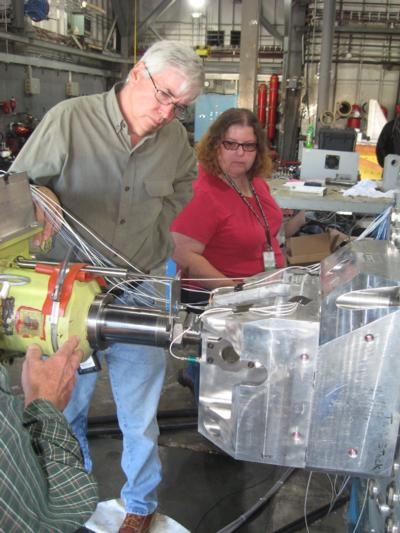Sun, Mar 08, 2015
Advertisement
More News
 YFQ-42A Collaborative Combat Aircraft Starts Flight Testing
YFQ-42A Collaborative Combat Aircraft Starts Flight Testing
Newest USAF Drone Begins Process in Earnest The YFQ-42A Collaborative Combat Aircraft has begun its flight testing in coordination with the U.S. Air Force, taking a vital step towa>[...]
 Aero-News: Quote of the Day (09.02.25)
Aero-News: Quote of the Day (09.02.25)
“What a great moment for the U.S. Air Force and for GA-ASI. It’s been our collaboration that enabled us to build and fly the YFQ-42A in just over a year. It’s an >[...]
 Delta Settles Fuel Dump Lawsuit in a $78M Handshake
Delta Settles Fuel Dump Lawsuit in a $78M Handshake
Airline Pilots Jettisoned 15,000 Pounds of Fuel Over Populated Areas Five years after one of its Boeing 777s dumped 15,000 pounds of jet fuel onto neighborhoods, Delta Air Lines ha>[...]
 Watchdog Warns of Another Understaffed FAA Program: Meteorology
Watchdog Warns of Another Understaffed FAA Program: Meteorology
GAO Report Says that Only 69 Aviation Meteorologists Work Alongside ATC A federal watchdog says the FAA is running the nation’s air traffic system with fewer weather experts >[...]
 Airborne 08.27.25: Air Race Tkt Discounts, Europe AvGas, Deportation Flights?
Airborne 08.27.25: Air Race Tkt Discounts, Europe AvGas, Deportation Flights?
Also: 500-Aircraft Deal With China, Florida ANG's F-35, FAA Denies Petition, UC Central Arkansas Aviation Academy The Reno Air Racing Association (RARA) is offering its apologies t>[...]
blog comments powered by Disqus





